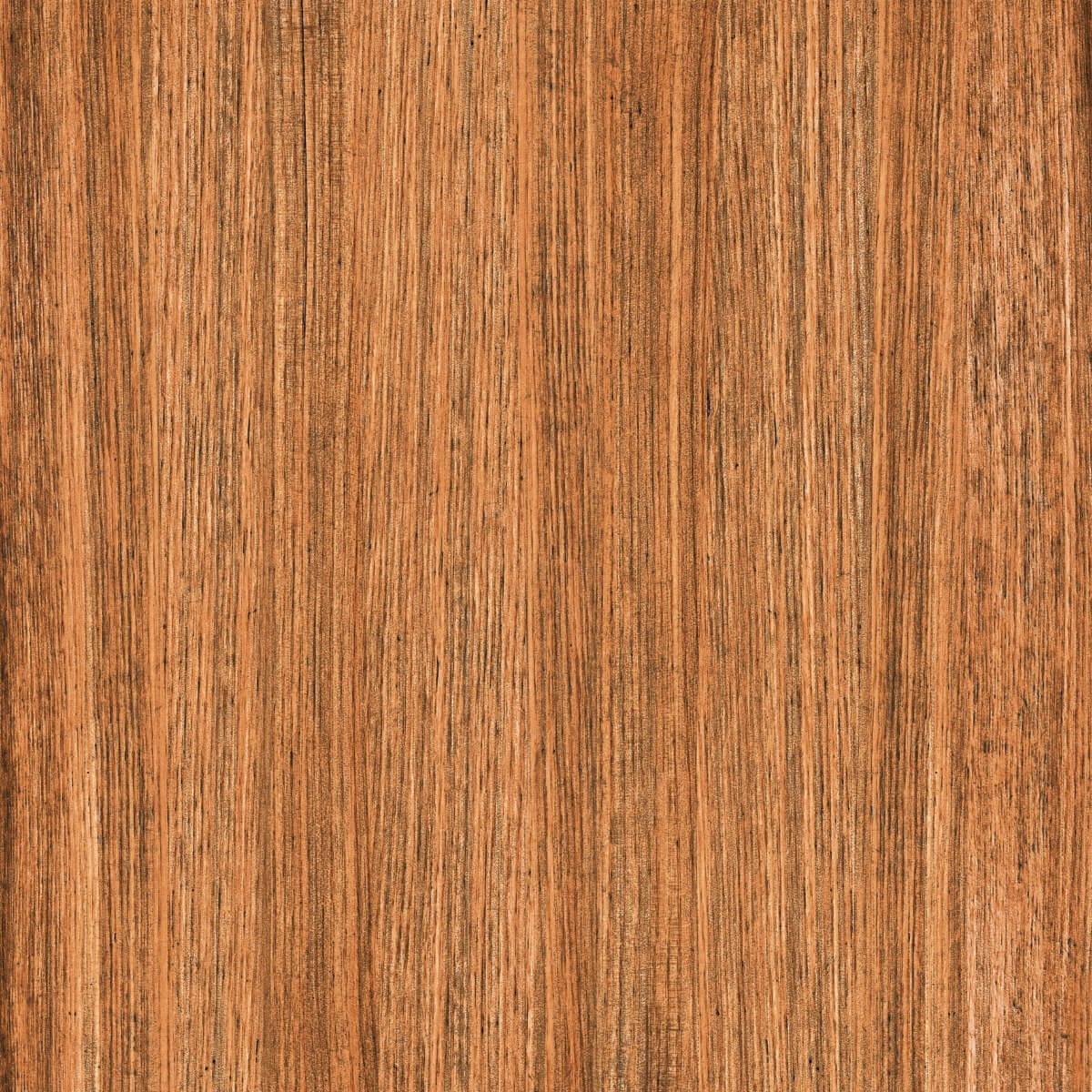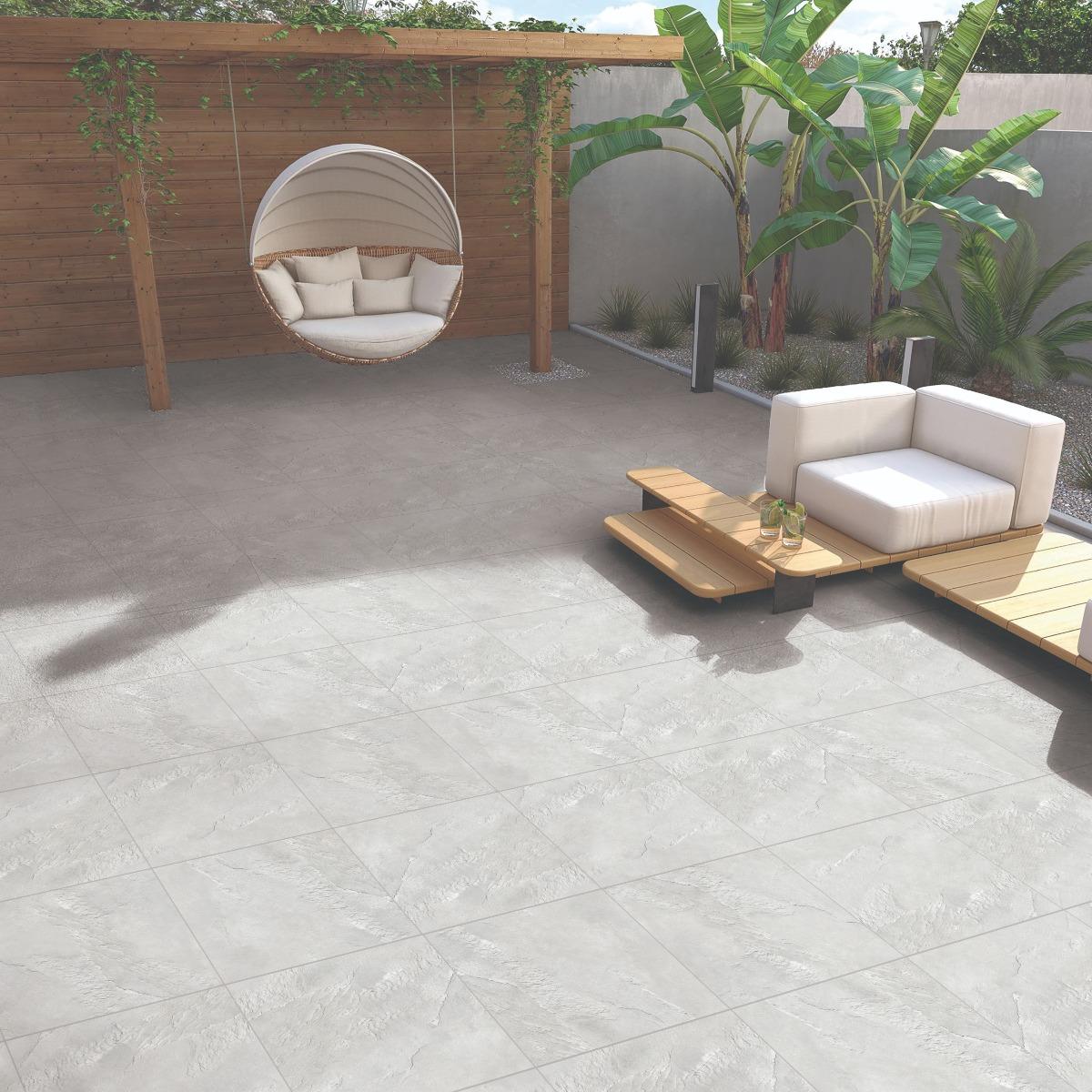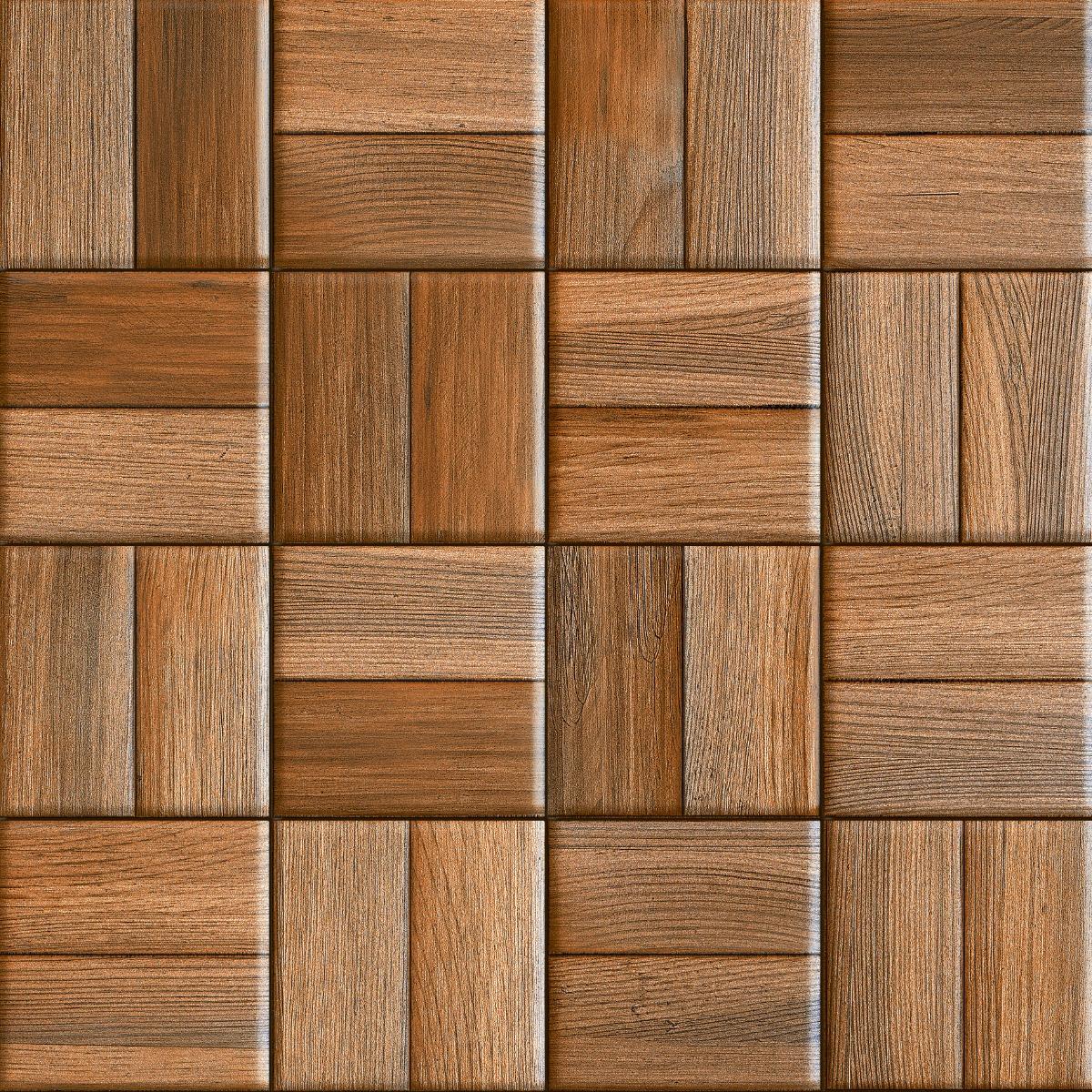Lighting in the kitchen serves a dual purpose. Not only does it play a functional role, but it also helps in setting the mood of the room by creating an ambience. The right lighting can elevate a room from ordinary to extraordinary. Also, in a space like the kitchen where there are sharp and hot objects, the wrong lighting may lead to a lot of accidents. This is why it is very important to choose the right lights for your kitchen while renovating the space.
To create the right balance between statement lighting, ambient lighting and task lighting is very important as it can not only affect the aesthetic of the space, but also its functionality. While choosing lighting for the kitchen, keep your personal taste and your needs in mind along with the aesthetic and functional uses.
So, how do you choose the perfect light for your kitchen and the best method to make your selection? Read on to know more!
Which Are The Different Types Of Kitchen Lighting Available?
Kitchen lighting can be broadly divided into three categories, namely, overhead lighting, support lighting, and statement lighting. Each one of these categories of lights has a different role to play in the kitchen and depending on your usage and needs you may need to install some or all of them in your kitchen.
- Ambient Lighting Or Overhead Lighting For The Kitchen
- Task Lighting Or Support Lighting For The Kitchen
- Statement Lighting For The Kitchen
1. Ambient Lighting Or Overhead Lighting For The Kitchen
Ambient lights or overhead lights are usually the primary source of light in a kitchen. The main purpose of overhead lights is to provide the whole room with ambient lighting. To achieve this it is advised that the overhead lights be placed about 23 inches off the wall and with a gap of about 40 inches between spots.
The most commonly used overhead lights are can lights – lights that are recessed into the ceiling. Overhead lights can also be semi-flush, flush or pendant lights, but the latter would be considered to be more of a statement light than an ambient light.
While recessed lights are functional in nature, they also offer the space with a warm look. Depending on the vibrancy you choose, these lights can dominate a room’s ambience or offer a subtle supportive touch to the room’s overall aesthetic. This is why it is advised to install wall dimmers for the overhead lights so that you can adjust the brightness as per your mood and need.
The kitchen is a multifunctional space and you may require different brightness levels for different tasks. For example, to prepare meals you might require bright and vibrant lights so that you can effectively see what you are doing, but while entertaining guests or spending a romantic moment with your partner you might want to opt for dimmed lights to set the mood. Wall dimmers will be your best friend in such situations!
2. Task Lighting Or Support Lighting For The Kitchen
As the name suggests these lights provide extra support or help you with certain specific tasks, like chopping vegetables in a certain area of the countertop. You need to make sure that your work areas are lit well or it can result in accidents. Task lights or support lights help you with this. They usually illuminate countertops, especially by adding under cabinet lighting that can help illuminate functional areas. If you don’t do much cooking and your kitchen doubles up as a dining area or an area where you simply entertain guests in, task lighting takes a back seat and overhead lights and statement lights are the star of the show. But, if you love cooking or even cook every day, task lighting can be of utmost importance as they can help make your preparation and cooking easier.
Irrespective of your preference, if you are adding task lights to your kitchen, as a rule of thumb it is important to install task lights about 30 inches above your countertop, sink, stove top, and any other area of the kitchen that you may use frequently.
As luck would have it, most of the under cabinet lights that are available are LEDs. This means that not only are they highly efficient, but they are also very easy to install.
Wireless Under Cabinet Lighting V. Puck Lights Vs. Hardwired Under Cabinet Lighting
Wireless under cabinet lighting is an effective and easy on the pocket way to install the task lights that you need for your kitchen countertop. These lights do not need pre planning and can be added to your kitchen even as an afterthought. Wireless under cabinet lighting is usually available in the form of a strip and can be affixed to the underside of a cabinet using 3M tape or screws.
Puck lights, named so due to their uncanny resemblance to a hockey puck, are individual spotlights that can be installed on the underside of a cabinet in order to illuminate your countertop. However, these are mostly preferred to illuminate the insides of the cabinets rather than for use as task lights.
Hardwired under cabinet lighting is an alternative to puck lights and strip lights. These lights can compliment most kitchen styles and designs and offer a more professional look than the other two.
3. Statement Lighting For The Kitchen
Choosing statement lights for your kitchen can be one of the most exciting parts of remodelling your kitchen, maybe even more exciting than choosing the perfect kitchen tiles for your kitchen. Statement lights are a reflection of your personality and you can choose fun elements to add a risqué yet gorgeous light element to your kitchen.
These lights are usually chosen for their aesthetic value rather than their lighting value and are only chosen after the room has been sufficiently lit using overhead lights and task lights.
The space above the kitchen island is one of the most commonly used spaces for installing statement lights. Usually one big pendant light or three identical small pendant lights are suspended above the kitchen island to give the space a smart and chic look.
If you are opting for the three suspended pendant lights look, it is advisable to leave at least 30 inches between them and ensure that they are not hanging over the edges of your island. Want to make a bold statement? Opt for a funky light fixture or even a lush chandelier to give your space a luxurious and fun look.
Remember, while selecting your statement lights don’t get pressured into following trends or opting for something simply because it is popular. Statement lights are a reflection of your personality, and need to work well with the design theme of the rest of your kitchen too!
Natural Light In The Kitchen
While overhead lights, task lights, and statement lights can light up your kitchen, the best source of light is natural light. You should grab any opportunity to bring in more natural light into your kitchen with both hands. Natural light can not only improve the mood of the space but can also functionally brighten a room without requiring any artificial lighting.
Most of the time sinks are placed right in front of the kitchen, the reason for this is that the natural light can help with food preparation during day time and also provide the persona doing the prep with some much needed Vitamin D. Win-win!
When Should You Finalise Your Lighting Layout And Design?
To put it shortly, your lighting layout and design plan should be completed as soon as possible. Ideally the plan should be created, reviewed, and approved even before you start with your remodelling project.
But, how do you go about planning the layout of your lights?
Well, first start out by dividing your kitchen into different zones or functional areas. Determine which areas or zones are task oriented and which areas are more for entertaining. This will help you gauge where you should be placing your overhead lights, your task light, and your statement light quite early into the project.
If you are not sure of where to place which light, you can speak with an interior designer and take their opinion on where to place which light. They will not only help you determine which light goes where, but will also advise you on which lights to choose as per your design or colour theme.
Just like choosing the right kitchen lights is important, choosing the right tiles for your kitchen is also very important. The perfect wall tiles and floor tiles can help add to the aesthetic of the space and also provide a functional role. Orientbell Tiles’ wide range of kitchen tiles is available in a plethora of colours, designs, patterns, finishes, materials, and sizes – ensuring that there is a tile for every colour and design scheme. These tiles come with a surface that is resistant to scratches, stains, acids, and chemicals, are easy to clean, and require no maintenance, making them the ideal choice for your kitchen.



























